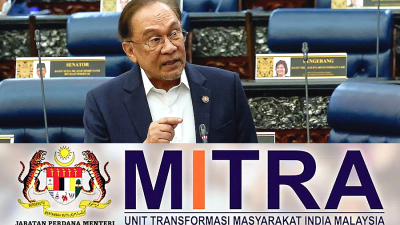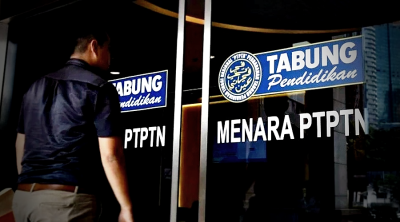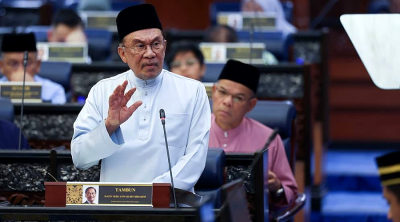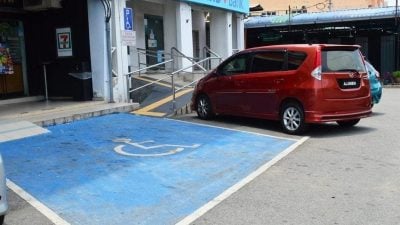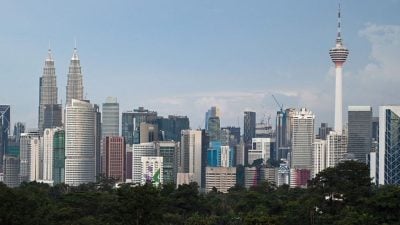
Budget 2026 was tabled with the reassuring confidence of prudence. It promises a narrower deficit of 3.5 percent of GDP, an allocation of RM421.2 billion, and a renewed commitment to fiscal responsibility under the Madani framework.
The message is clear: tightening its belt while sustaining welfare.
However, beneath this narrative lies a deeper question: what kind of discipline are we practicing? Prudence that merely constrains, or prudence that creates?
If fiscal policy is to become a lever of transformation rather than containment, debt management must evolve from a bookkeeping into a strategic architecture for national reinvention.
Malaysia’s public debt stands at RM1.304 trillion, or 64.7 percent of GDP, brushing the statutory ceiling of 65 percent.
Debt-service charges alone consume an estimated RM46 billion annually—nearly matching allocations for health and higher education combined.
The challenge is not the debt level but its diminishing returns. Unless debt is tied to productive investment and transparent governance, we risk managing decline rather than shaping growth.
Budget 2026, the first fiscal blueprint under the Thirteenth Malaysia Plan, remains conservative.
Operating expenditure dominates at RM338 billion, while development spending stands at RM83 billion, which is also lower than last year’s level and barely a fifth of the total budget. This ratio signals not reinvention but routine.
Much of the projected savings arise from targeted subsidy reforms and administrative consolidation rather than new revenue streams or institutional restructuring.
The Budi95 program is necessary to curb leakages and protect lower-income households. But without airtight data governance and reinvestment of savings into productive ventures, rationalization risks becoming a fiscal patch, not a reform.
The revenue side tells a similar story. Receipts are projected to rise 6.7 percent, from RM253 billion to RM270 billion, driven mainly by an expanded Sales and Service Tax (SST), e-invoicing compliance, and improved collection.
No new broad-based taxes were introduced, and the long-awaited carbon tax, still in pilot phase, targets only the iron, steel, and energy sectors.
In other words, Malaysia is consolidating, not modernizing.
Such restraint reassures markets but offers little to the people.
Fiscal consolidation without structural transformation risks reproducing inequality under a disciplined facade. It is a going-concern budget—competent but cautious, neat but not yet brave.
Furthermore, the global environment leaves Malaysia little room for complacency. As advanced economies pivot towards high-tech and green re-industrialization, the cost of inaction compounds quickly.
Debt-service costs crowd out investment in research, skills, and logistics, which constitute the very ingredients of productivity growth.
A deficit reduced on paper but accompanied by stagnating total factor productivity is no victory. It merely shifts the burden from the Treasury to future generations.
A transformational budget would leverage debt as a strategic instrument, converting every ringgit saved from leakages or low-value spending into high-multiplier investments.
Yet Malaysia’s development-to-GDP ratio has slipped to around 3.3 percent, from 4.4 percent a decade ago.
Our public investment pipeline remains opaque, with few projects transparently linked to measurable outcomes in technology adoption, export complexity, or rural productivity.
Fiscal discipline, when detached from purpose, becomes ritual. The task now is to restore purpose.
How a nation manages its debt reflects how it manages itself.
The true deficit is not numerical but moral—the leakages, inefficiencies, and opaque linkages between government-linked companies (GLCs), statutory bodies, and public funds. Each ringgit lost to mismanagement is a ringgit borrowed in vain.
Malaysia must therefore treat anti-corruption reform as a revenue measure.
Open contracting, real-time spending analytics, and outcome-based audits should become standard across ministries.
The Ministry of Finance could publish an annual Fiscal Risk and Contingent Liability Statement consolidating off-budget exposures, guarantees, and GLIC co-funding.
Transparency is not an accessory of good governance; it is its architecture (“Debt as destiny: Turning Malaysia’s liabilities into sovereign assets,” EMIR Research, 2025).
To reinvent rather than restrain, Malaysia must distinguish between consumption debt and investment debt.
Borrowing for subsidies and operations entrenches dependency, while borrowing for productivity-enhancing projects multiplies capacity.
At least one-third of new net borrowing should be ring-fenced for projects with demonstrable economic multipliers: grid modernization, digital and green infrastructure, SME technology adoption, and mission-oriented R&D with high domestic value-added.
Such borrowing must also be long-tenor and outcome-linked. Malaysia could pioneer “Impact Sukuk” or outcome-based bonds, where coupon rates are tied to verified progress in employment, carbon reduction, or innovation metrics.
This aligns fiscal discipline with measurable impact—a principle long championed by EMIR Research through the Input-Output-Outcome-Impact (IOOI) framework (“Recalibrating national budget: Eradicating leakages and corruption,” EMIR Research, 2019).
Equally critical is the revenue modernization agenda. Rather than relying on the regressive Sales and Service Tax (SST), which burdens lower-income households while narrowing the tax base, Malaysia should reinstate a modern, targeted Goods and Services Tax (GST) framework.
Properly designed with exemptions for essentials, GST is progressive in effect: it captures value across the economy, broadens the base, and allows direct rebates to protect the vulnerable.
Implemented alongside tighter capital-gains enforcement, a modest carbon-price pilot, and digital-tax expansion, it would build a fairer, more sustainable revenue architecture.
True fiscal reform must never punish consumption but reward productivity; taxation should be the mirror of justice, not convenience.
Debt management is not an accounting exercise but a moral one. It embodies the covenant between the state and citizens: today’s borrowing must yield tomorrow’s opportunity.
When citizens see that public borrowing funds real progress, such as schools, transport, digital inclusion, fiscal discipline becomes a shared ethic, not a distant rule.
The Madani framework aspires to such stewardship. To make it credible, the government should publish quarterly dashboards showing how rationalization savings are channeled, with data-driven transparency, into visible social dividends.
The same principle applies to GLIC and MOF-Inc co-funding.
If these partnerships substitute for direct fiscal expenditure, they must follow clear hurdle rates, return expectations, and public scorecards on job creation, domestic content, and social impact.
Otherwise, “optimizing national resources” risks becoming another euphemism for off-balance-sheet opacity (“Debt, deceit and delay: Malaysia’s hidden fiscal crisis”, EMIR Research, 2025).
Reinvention demands courage as much as competence. Malaysia should anchor its fiscal policy in three principles:
■ Adopt a transparent debt rule with a growth clause—reaffirm the medium-term 60 percent ceiling while allowing temporary deviations tied to cyclical conditions and automatic corrections.
■ Reprofile debt towards long-term, high-impact investments, publishing cost-benefit analyses and post-completion reviews for major projects. Borrowing should finance transformation, not transmission losses.
■ Institutionalize IOOI-based performance reporting across ministries so every ringgit borrowed is traced through inputs, outputs, outcomes, and impacts—converting fiscal data into policy intelligence.
Such measures would safeguard macro-stability while transforming debt into a disciplined instrument of value creation.
When properly governed, debt becomes the seed capital of the future, not the mortgage on it.
The moral of solvency lies not in balanced ledgers but in balanced lives.
Fiscal sustainability must translate into social sustainability—the resilience of the households that carry the nation’s productivity and whose tolerance for reform now hinges on credibility (“Budget 2026 and the squeezed middle,” and “Budget 2026: From B40 to B70,” EMIR Research, 2025).
(Dr Rais Hussin is the Founder of EMIR Research, a think tank focused on strategic policy recommendations based on rigorous research.)
ADVERTISEMENT
ADVERTISEMENT







